Hamburg, with more than two million inhabitants, is Germany’s second largest city and the absolute metropolis of northern Germany. Its wealth has been created over the centuries as a successful member of the Hanseatic League, where Hamburg grew large as a port city, and to this day the maritime element is a continuing source of trade and tourism.
Hamburg is one of Central Europe’s great gates to the world. The trade has gone through the city for centuries, which now has lovely business districts, markets and lots of sights. Life around the harbor has been greatly developed in recent years, with the historic warehouses of Speicherstart being transformed into activities, offices and with housing and cultural institutions blended beautifully into the old settings.
The cultural life is also very exciting with a varied selection of, for example, museums, parks and outdoor life. Then of course you can also take a walk through the colorful district of St. Pauli. The theater scene is interesting with big and small venues.
The center of Hamburg also offers ample opportunity to look at churches and other beautiful buildings. The Kontorhausviertel district, with many distinctive 20th-century buildings, is an example of special architectural monuments. German engineering is also present with the Alter Elbtunnel, which crosses the Elbe in an unconventional way.
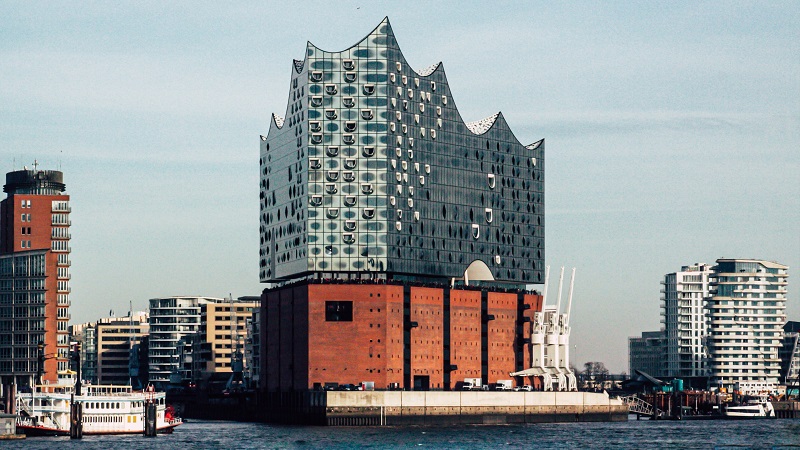
Among the many warehouses in the Speicherstadt district you can see the large Kaiserspeicher facing the river Elbe. It is a special sight because Hamburg’s modern philharmonic is built on top of the old warehouse as an impressive construction that is one of Hamburg’s modern landmarks.
With its impressive size and prominent location, Hamburg City Hall is one of the dominant buildings in the city center. It was built in sandstone 1886-1897 with beautiful interior in eg the hall Festsaal.
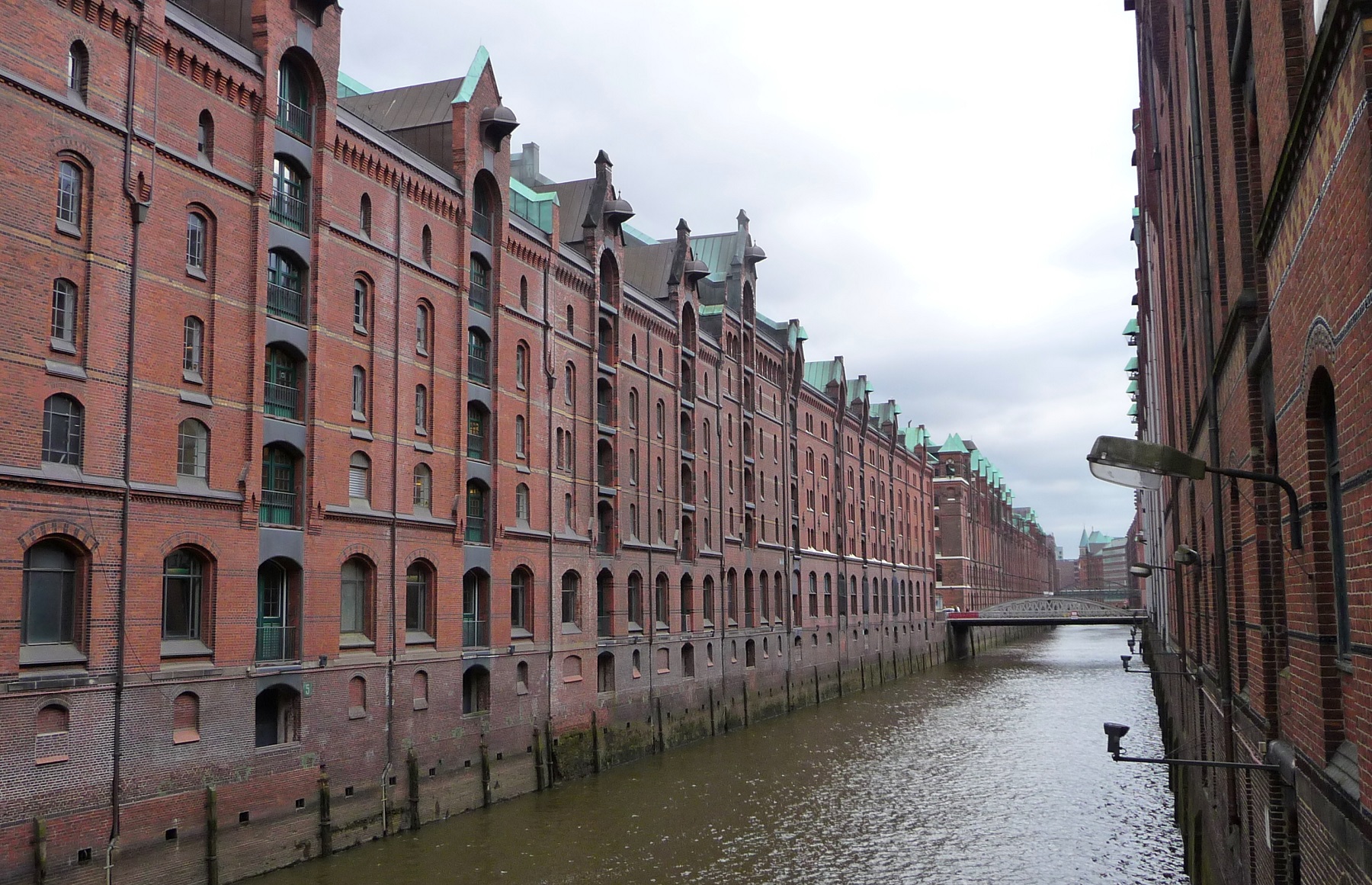
This is a revitalized district with canals and warehouses in Hamburg’s inner harbor. The district was laid out as free port areas in the period 1883-1926. Today there are exciting city spaces, many activities, museums and fine architecture here.
Miniature Wunderland is the name of the world’s largest model railway, and the place a paradise for anyone who wants to take a closer look at a miniature world. Here are themed landscapes from i.a. Scandinavia, the USA and Hamburg, and you can see countless details in the exhibition at the interesting museum.
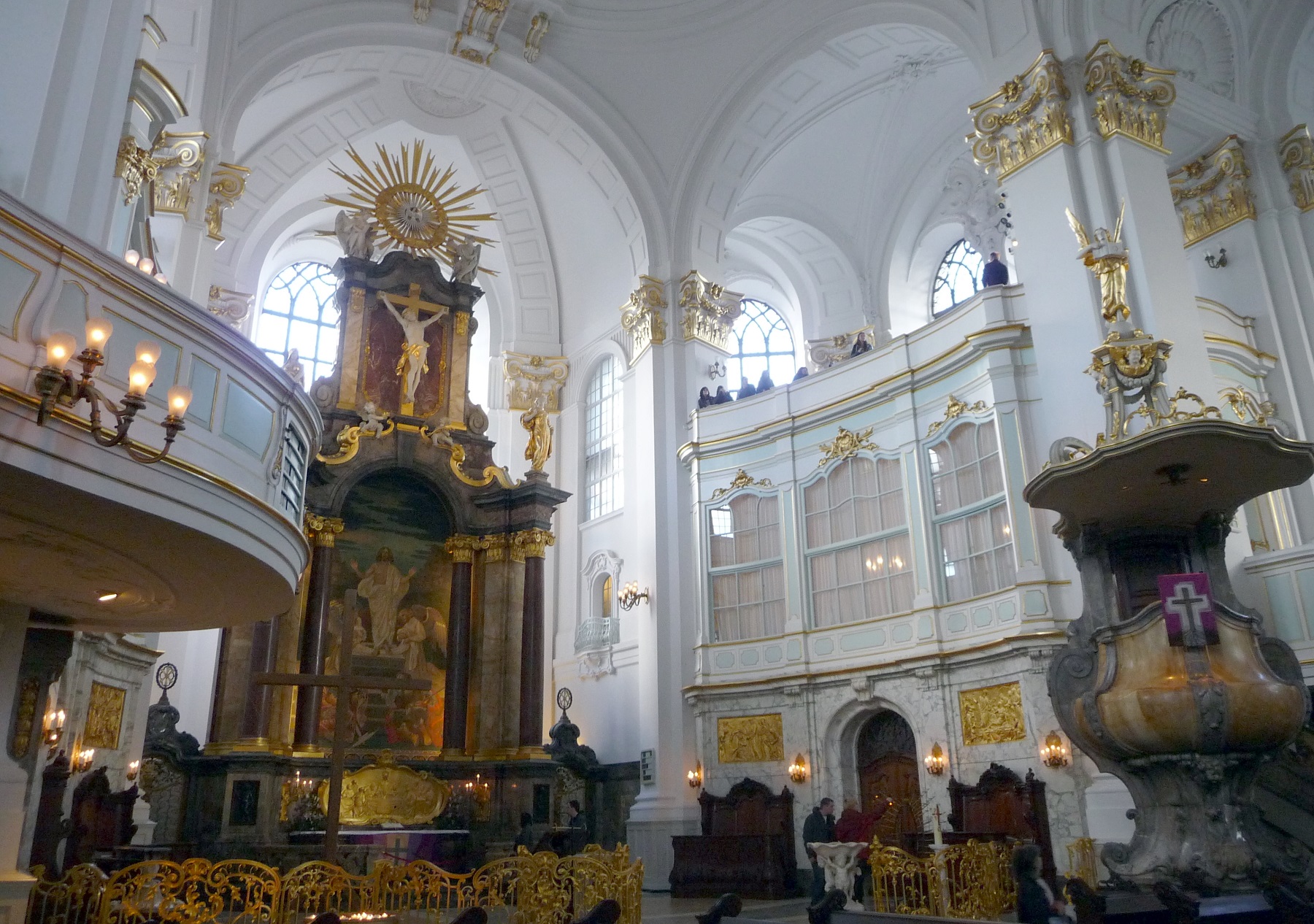
The church of St. Michael is Hamburg’s and Northern Germany’s most important baroque church and at the same time Hamburg’s probably most famous church building. It was built in the 18th century and offers a bright and beautiful interior.
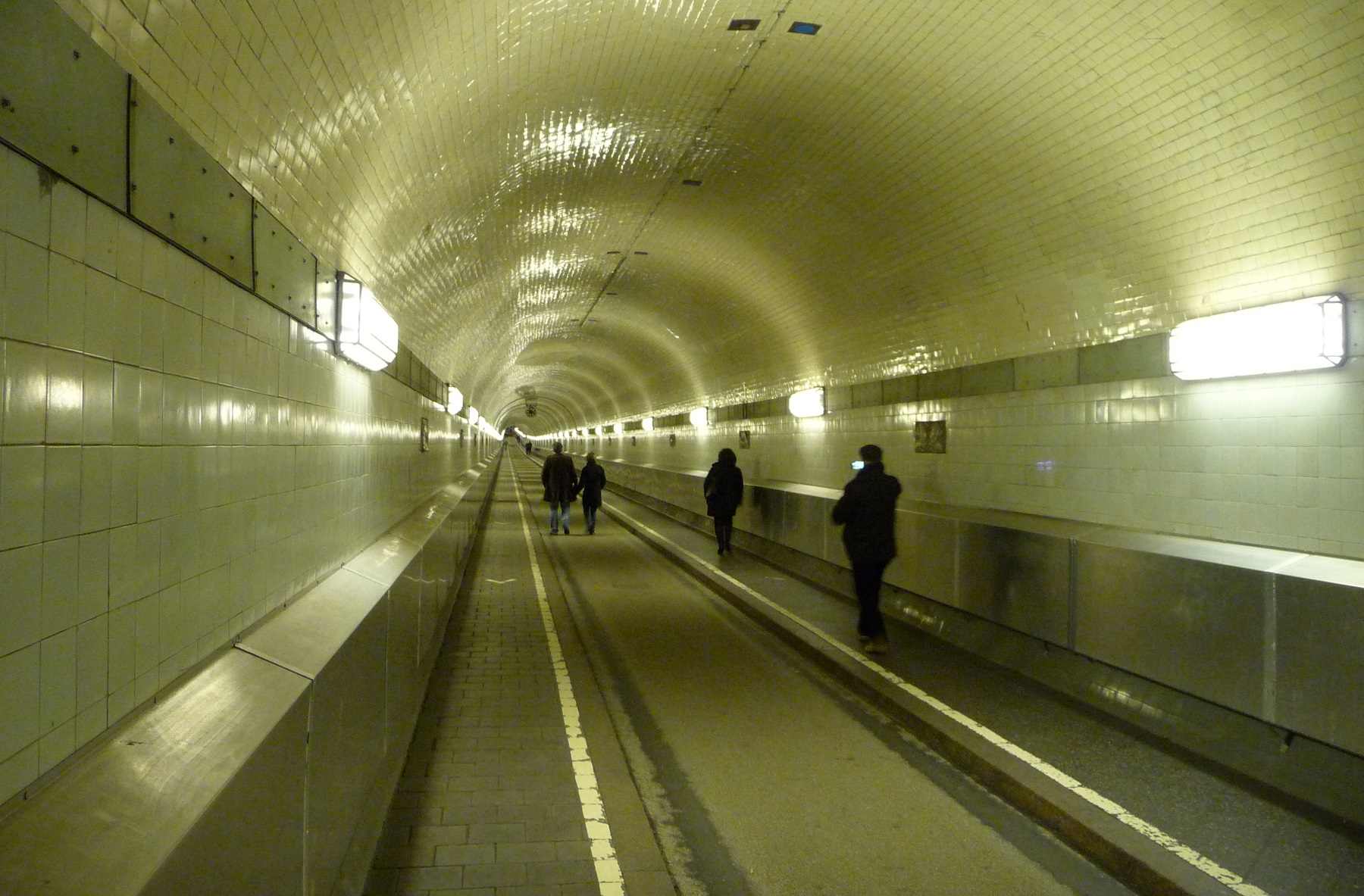
The Alter Elbtunnel is one of Hamburg’s more interesting and at the same time strange sights. It is a tunnel under the Elbe from 1911, and it is built with giant elevators north and south of the river, where cars are hoisted up and down to the tunnel pipes.
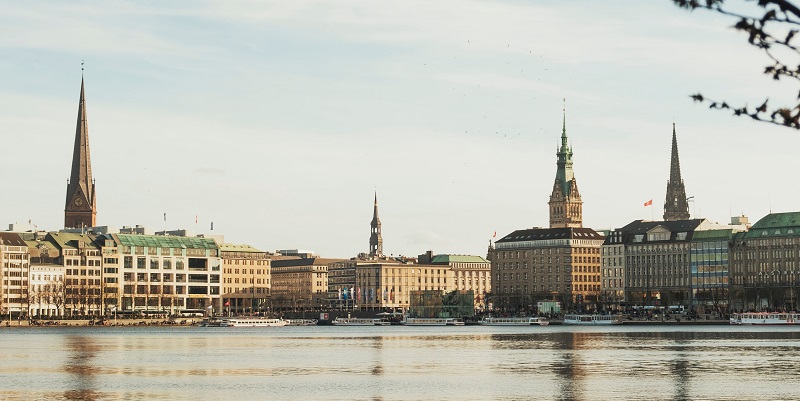
The Jungfernstieg is one of Hamburg’s elegant shopping streets, and at the same time a frequently used promenade located down to the lake Binnenalster. This is where the Alsterhaus is located and there is a lovely atmosphere with outdoor seating along the lake.
St. The Petri-Kirche was originally built from the 12th century and is Hamburg’s oldest parish church with its consecration in 1195. It is centrally located and you can get up to the tower, from which there is a nice view of the city.
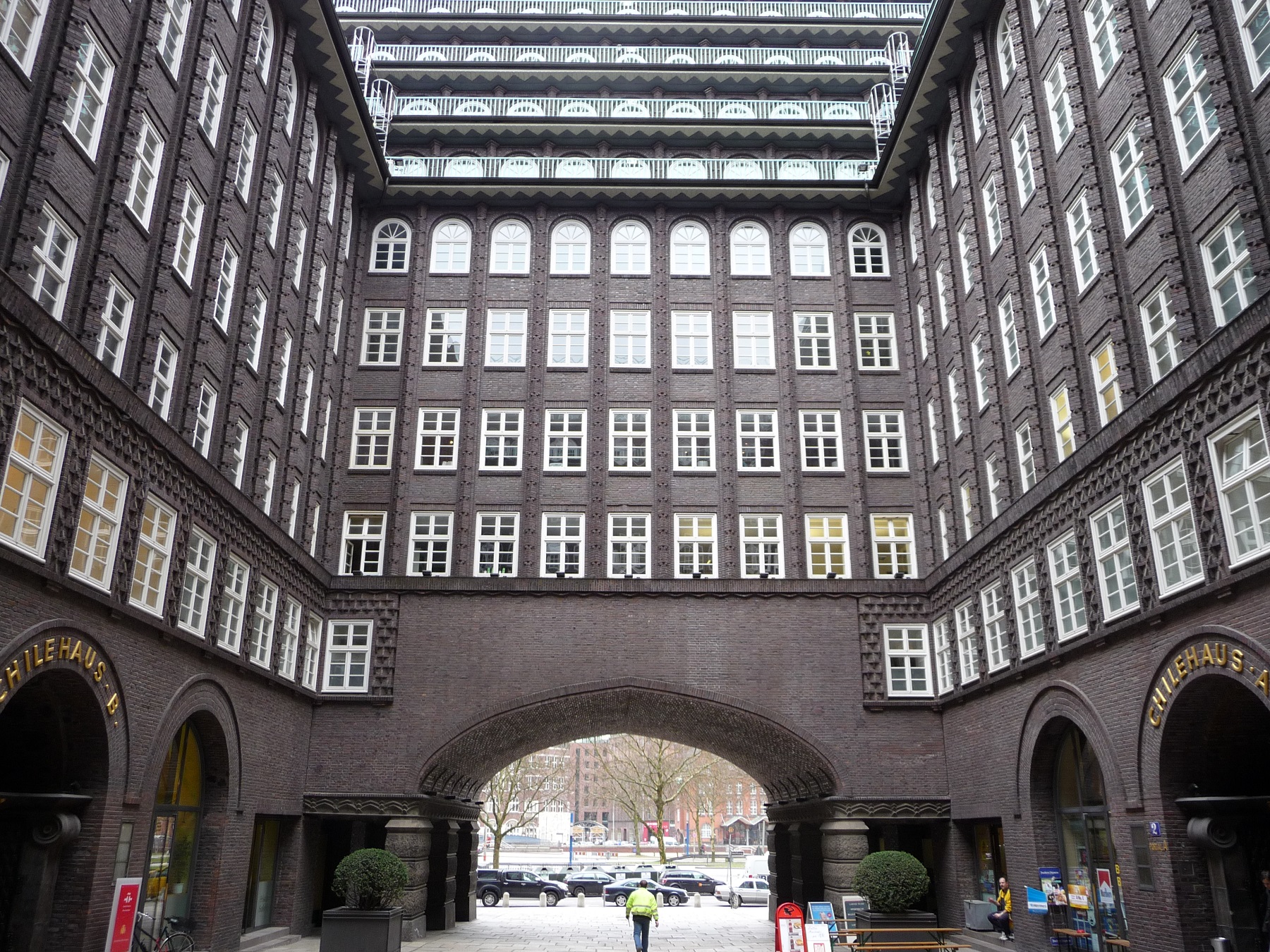
Kontorhausviertel is a district in Hamburg’s geographically old city area, known for a beautiful and interesting architecture with many large office buildings from the 1920s – 1930s; eg Chilehaus and Pressehaus.
The pedestrian street Mönckebergstraße is Hamburg’s famous shopping district with lots of shops, restaurants and department stores. There are also markets throughout the year where the Christmas market is the best known.
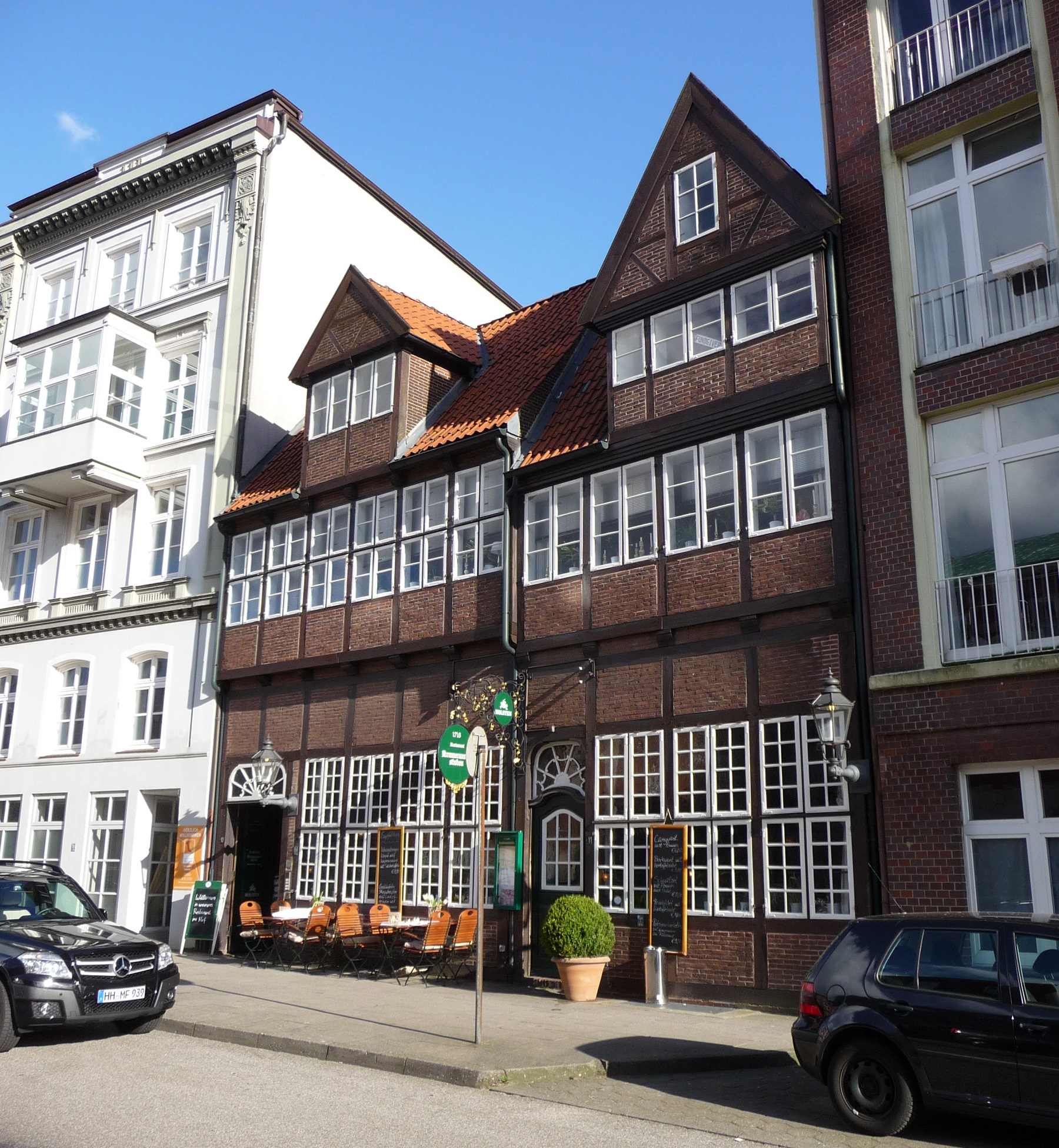
These idyllic buildings were built in the 17th century to house the families of small businesses. The construction was typical of the Hamburg of that time, but today they are the only ones of their kind preserved.
This is a maritime museum housed in Hamburg’s oldest, preserved warehouse. You can see an interesting exhibition about the maritime history of the city at the museum.
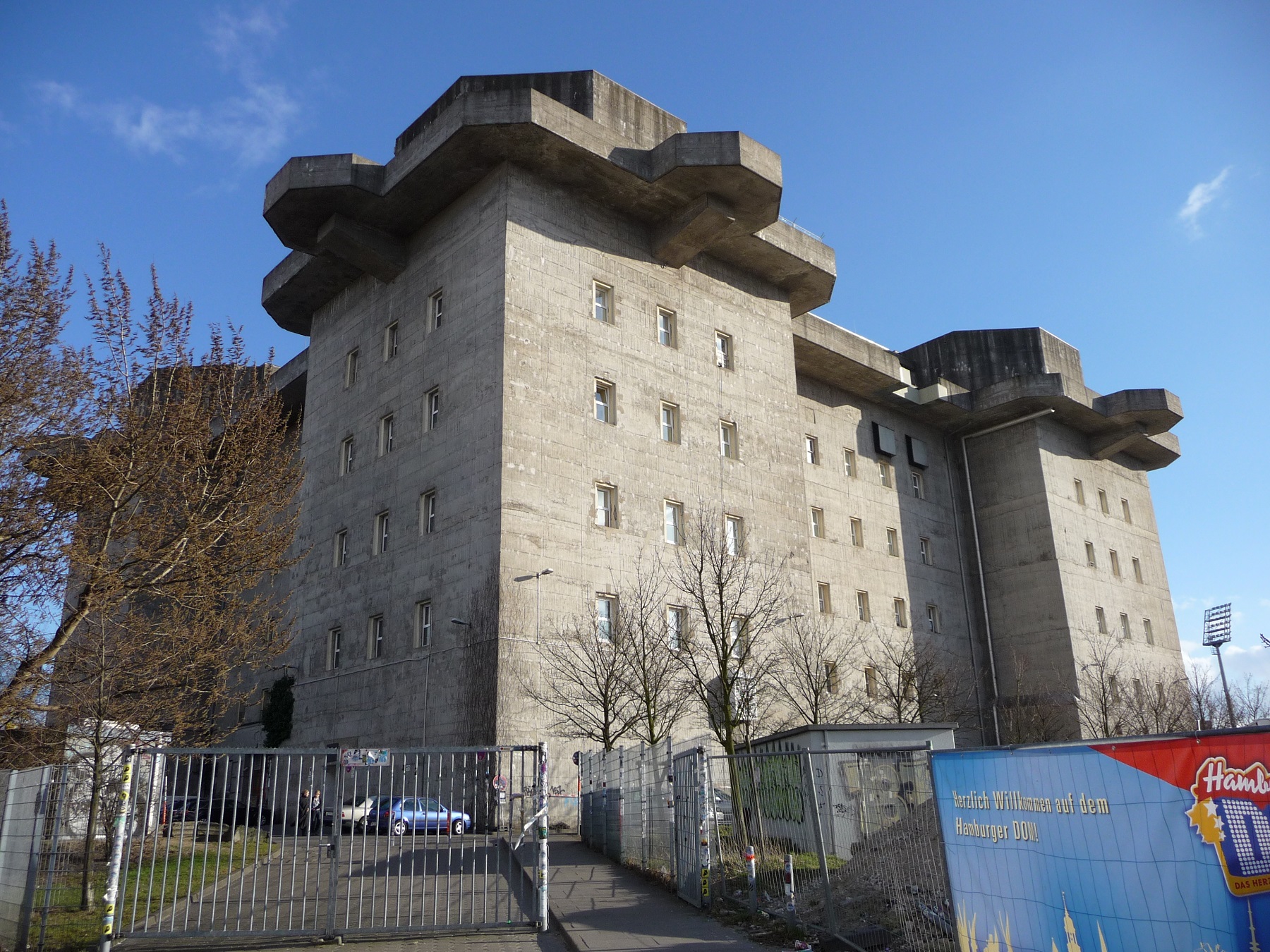
This is one of Hamburg’s most distinctive sights. Flakturm IV is a colossal flak tower built as part of the city’s defenses during World War II, where Hamburg’s harbor and shipyards were the target of Allied bombing raids.
This is Hamburg’s city museum, where you can see learn about the city’s history with interesting themes about e.g. culture and daily life. There is, of course, a focus on Hamburg’s many historical highlights.

Planten un Blomen is a park of 47 hectares/116 acres, which for the most part was laid out on demounted ramparts. Today there are nice settings such as a rose garden and a Japanese garden here.
There is an active harbor along the Elbe in central Hamburg, and you can also walk along a lovely promenade. Here is a nice view of part of Hamburg’s harbor, as well as access to many boat trips from here.
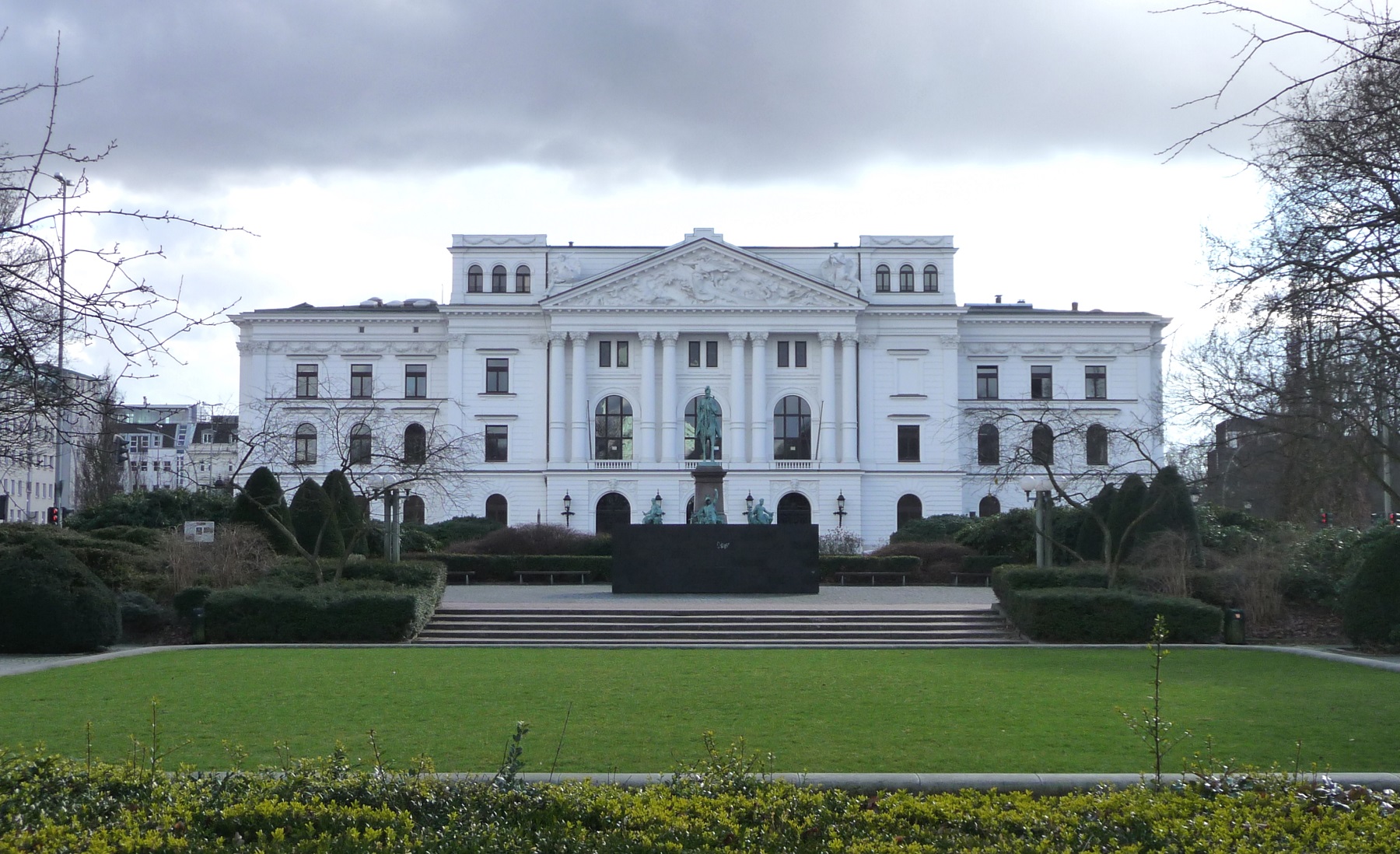
The city of Altona is an old Danish city that today has merged with Hamburg. There is a lot to see here such as the magnificent street Palmaille with C.F. Hansen’s buildings, the view of the Elbe and the beautiful town hall that was built as a railway station.

Helgoland is a small rocky island in the North Sea with a unique landscape and several sights in the beautiful nature. It is not least the red rocky shores that are impressive, and the town on Helgoland is cozy with narrow streets and fine views.
The town of Glückstadt is located on the Elbe and was founded by the Danish king Christian IV in 1617 to become a competitor to Hamburg. Here are several sights such as the square Markt with the town hall, the Stadtkirche and a number of mansions.
The town of Itzehoe with just over 30,000 inhabitants is the oldest in the Holstein region. You can enjoy some nice walks here, where you can see the beautiful buildings of the old town; eg the baroque Stadtkirche St. Laurentii and the square Markt.
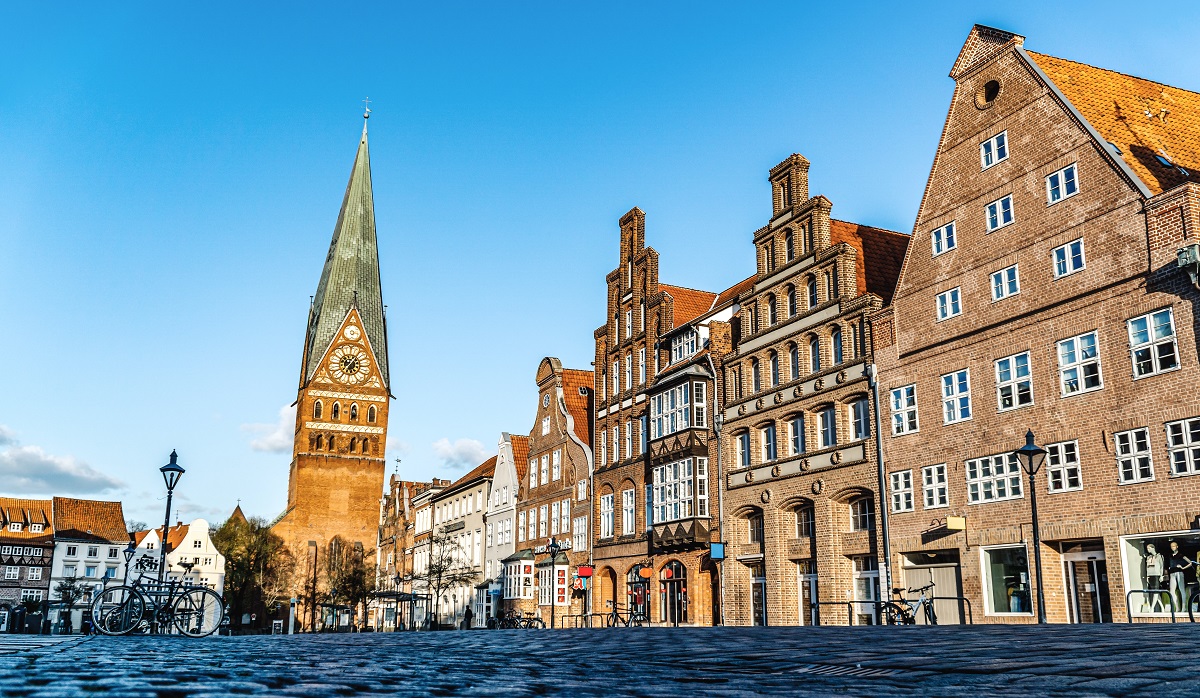
The city of Lüneburg is an old city that has become rich due to the area’s large salt deposits. The wealth created the foundation for the many beautiful buildings you can see today. Take, for example, a look at the Church of John the Baptist with its Leaning Tower. There are also several interesting museums such as the German Salt Museum.
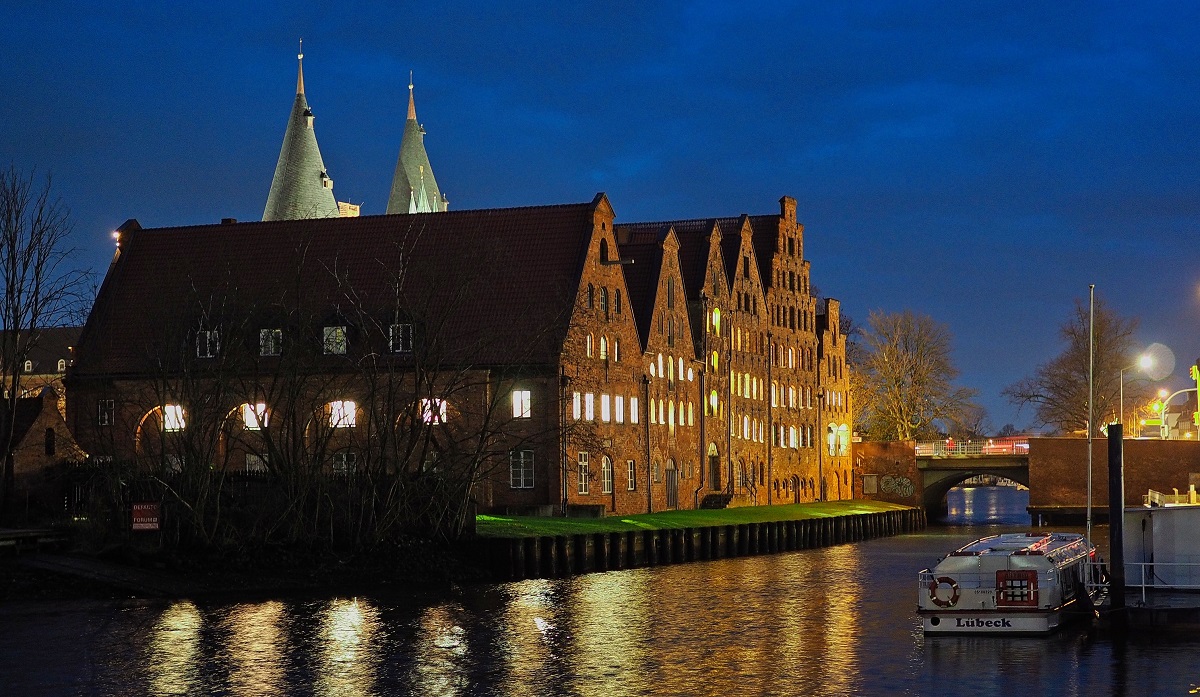
Lübeck was the queen of the Baltic Sea region’s Hanseatic cities, and it still is, and that is not without reason. Majestic churches and countless old houses, monasteries and other medieval buildings are evidence of the immense wealth that made the city flourish over the centuries.
Jungfernstieg 16-20
alsterhaus.de
Mönckebergstraße 3
galeria-kaufhof.de
Hamburger Straße 27
hamburger-meile.com
Mönckebergstraße 16
karstadt.de
Hannoversche Strasse 86
phoenix-center-harburg.de
Große Elbstraße 68
stilwerk.de
Mönckebergstraße, Jungfernstieg, Große Bleichen, Neuer Wall, Karolinenviertel, Schanzenviertel
Hamburg Dungeon
Kehrwieder 2
Hamburg Zoo, Tierpark Hagenbeck
Lokstedter Grenzstraße 2
hagenbeck.de
HSV Museum
Sylvesterallee 7
hsv.de
KL!CK Kindermuseum
Achtern Born 127
kindermuseum-hamburg.de
Miniature Wunderland
Kehrwieder 2, Block D
miniatur-wunderland.de
Planetarium
Hindenburgstraße 1
planetarium-hamburg.de
Prototype
Shanghaiallee 7
prototype-hamburg.de
U-434
Versmannstraße 23c
u-434.de
The history Hamburg begins with the construction of the castle of Hammaburg at the beginning of the 8th century in the area between the river Elbe and the lake Alsteren. The castle was ordered built in the year 808 by Emperor Karl the Great in defense of Vikings from the north and slaves from the east.
The castle was destroyed and rebuilt many times over the following centuries, including the ravaged Vikings under the Danish King Erik area and destroyed in 845 the city, which at that time had about 500 inhabitants. Again in 880 Hammaburg was ravaged; this time by both Danes and slaves.
In 831, Hammaburg became the home of Ansgar, the Apostle of the North, who was ordained an archbishop. In 847, the Archdiocese’s seat was merged with Bremen, and it was from here that he went to Scandinavia and Christianized the Vikings; in Denmark immediately to the north.
With the Archbishop’s seat in 831, Hamburg also gained a cathedral; Saint Mary’s. Here the pope Benedict V was not approved by the emperor in 966. The church ended up being demolished in the years 1804-1807, and the only remembrance today is the street name Domstraße, which occupies the location of the historic church.
With increasing trade, however, Hamburg’s role quickly shifted from defense and church bastion to a market town, and with important Lübeck’s founding on the Baltic, Hamburg became the natural port with access to the North Sea.
In 1189, Hamburg was officially modeled on city rights under Lübeck, thereby establishing it as a city. The initiative came from a number of merchants, and shortly afterwards Emperor Frederick I Barbarossa gave Hamburg a number of privileges as a sanctuary in the empire, including duty and trade rights. The privileges were granted following Hamburg’s support for the emperor’s crusade.
Duke Valdemar, the later Danish king Valdemar II, overcame Count Adolf of Rendsburg, and this later escaped from prison by surrendering all land north of the Elbe. The German-Roman emperor demanded the land in 1214, and Hamburg was under Danish control.
The Danish era lasted only until 1227, when the battle of Bornhøved in Holsten on July 22 became decisive for Holsten, Mecklenburg and Pomerania to switch to German counts from the Danish crown. Before then, the Danish government had gathered Hamburg as a city under a set of laws and governed from one place.
From 1230 new, larger defenses were established around Hamburg, which, like many other cities in the Middle Ages, had city walls and gates in a ring around it. These plants are still visible today in Hamburg’s cityscape, such as the park Planten un Blomen, which has just been built on the old fortress areas.
In 1264, the city senate passed a law that imposed severe penalties for practicing violence against, killing or eating swans. This somewhat special law was due to a belief that Hamburg would remain a sanctuary as long as there were swans in the Alster. A number of other laws regulated various other more or less curious conditions in the thriving city.
In 1241, over the following centuries, the successful Hanseatic League was established through two agreements between Hamburg and Lübeck. One agreement meant that the cities would defend their freedom and rights together, while the other meant securing the road between the two cities.
With these agreements, the Hanseatic League’s cities, and thus Hamburg’s importance and economy grew. The important trade was invested in, and the paving of the central east-west street of the city was just the third in Northern Europe to receive this paving; and it was named Steinstraße, which you can still find in the city center.
Hamburg, in 1266, entered into an agreement with the English King Henry III, which allowed the city’s merchants to set up a Hanseatic office in London, thereby manifesting the city’s overseas perspectives.
The field was introduced as currency in 1377 by the Vendish Coin League, founded by the cities of Hamburg, Lübeck, Lüneburg, Rostock and Wismar.
By this time Hamburg had grown to 14,000 inhabitants and was thus the third largest city in the Hanseatic League. Only Cologne and Lübeck were larger.
In 1410 Hamburg got its first constitution, and with the wave of reform in the 16th century a Protestant state church was formed in Hamburg. The city senate had asked Martin Luther to send his colleague Johannes Bugenhagen, who established the new church.
Over the centuries, Hamburg’s economic life flourished, and as the Hanseatic League’s power and dominance diminished, Hamburg continued to grow steadily, establishing its own economic infrastructure. The city’s stock exchange opened in 1558 and Hamburg Bank in 1619.
A number of Dutch merchants also flocked to the city after a period of religious persecution in their home country – it further substantiated Hamburg’s position. The city also established its own military to protect the city’s merchant fleet.
At the end of the 17th century and until 1768 there was fierce competition between Hamburg and the Danish Altona for trade and shipping. The conflict ended with a political agreement in 1768, after which Hamburg gained new growth potential.
Napoleon incorporated Hamburg in France in 1810, and it had a temporary impact on development. The city was exposed to a mainland barrier that made much of the trade difficult, partly taken over by the neighboring town of Altona (which is now part of Hamburg). It belonged to the Danish Empire and was thus subject to other conditions.
After Napoleon’s fall in 1815, Hamburg became part of the new German federation, and in 1819 the city was established as its own state, “The Free Hanseatic City of Hamburg”. Soon after, the city regained its commercial base and thus its thriving economy, a situation that was further improved with all the new possible trade routes and partners in Africa, America and Asia.
On May 4, 1842, marked itself significantly in the history of Hamburg. In the street Deichstraße started a fire that quickly spread to large parts of the city. The fire was first extinguished on May 8, and it caused a setback for Hamburg. The great fire destroyed up to a third of the city; among others, the town hall and most of the city’s large churches went up in smoke.
Although Hamburg was quickly rebuilt, it was a costly affair, but here too the city rebuilt despite the fact that tens of thousands had become homeless and many institutions and churches needed to be rebuilt.
In the latter half of the 19th century, Hamburg’s growth boomed. The population reached over 800,000 and had thus quadrupled in a few decades. It was not least the large and rapidly growing traffic across the Atlantic that made Hamburg one of Europe’s largest port cities with all that belonged to it.
The port was continuously expanded and a new part was put into service. Speicherstadt, which today is an exciting new and alternative activity and residential district, grew with many large warehouses and trading companies for the constantly increasing international sea trade. The city was growing, and industrialization was also characterized by, for example, a number of shipyards. The city was Germany’s second largest after the capital Berlin.
Hamburg had, in the early centuries of growth, bought land by the Elbe in order to expand its trading capacity. In 1938, the city itself was expanded by including not least Altona and Harburg in Hamburg itself.
The 20th century was also marked by the two world wars, where Hamburg, with its many large yards and high industrial production, was the target of allied bombings. Both the bombs themselves and the subsequent fires destroyed much of the city center. The vast port areas were almost completely destroyed, as did some of the city’s extensive industrial facilities.
The subsequent rebuilding of Hamburg went strongly in the following years, and it created new economic growth for the city, which happened to be large parts of West Germany.
Today, Hamburg remains its own federal state in the Republic as “The Free Hanseatic City of Hamburg”. Hamburg’s inhabitants are wealthy, and the city’s port is the dominant one in Germany and among Europe’s largest. The city is rich in educational places and the cultural scene is very active. The population is very international and this makes the city one of Germany’s windows to the world.
Major development projects along the harbor put new Hamburg on the world map, where the entire warehouse district Speicherstadt, the new development HafenCity and the exodus Museum BallinStadt lead to tourists and citizens favor new experiences. The crown of the work in the middle of the Elbe of the city’s new landmark, Elbphilharmonie, which rises on top of a now former warehouse.
Overview of Hamburg
Hamburg, with more than two million inhabitants, is Germany’s second largest city and the absolute metropolis of northern Germany. Its wealth has been created over the centuries as a successful member of the Hanseatic League, where Hamburg grew large as a port city, and to this day the maritime element is a continuing source of trade and tourism.
Hamburg is one of Central Europe’s great gates to the world. The trade has gone through the city for centuries, which now has lovely business districts, markets and lots of sights. Life around the harbor has been greatly developed in recent years, with the historic warehouses of Speicherstart being transformed into activities, offices and with housing and cultural institutions blended beautifully into the old settings.
About the upcoming Hamburg travel guide
About the travel guide
The Hamburg travel guide gives you an overview of the sights and activities of the German city. Read about top sights and other sights, and get a tour guide with tour suggestions and detailed descriptions of all the city’s most important churches, monuments, mansions, museums, etc.
Hamburg is waiting for you, and at vamados.com you can also find cheap flights and great deals on hotels for your trip. You just select your travel dates and then you get flight and accommodation suggestions in and around the city.
Read more about Hamburg and Germany
Buy the travel guide
Click the “Add to Cart” button to purchase the travel guide. After that you will come to the payment, where you enter the purchase and payment information. Upon payment of the travel guide, you will immediately receive a receipt with a link to download your purchase. You can download the travel guide immediately or use the download link in the email later.
Use the travel guide
When you buy the travel guide to Hamburg you get the book online so you can have it on your phone, tablet or computer – and of course you can choose to print it. Use the maps and tour suggestions and you will have a good and content-rich journey.
Elbe • Speicherstadt • Philharmonic • St. Michaelis • City Hall • Altona
Overview of Hamburg
Hamburg, with more than two million inhabitants, is Germany’s second largest city and the absolute metropolis of northern Germany. Its wealth has been created over the centuries as a successful member of the Hanseatic League, where Hamburg grew large as a port city, and to this day the maritime element is a continuing source of trade and tourism.
Hamburg is one of Central Europe’s great gates to the world. The trade has gone through the city for centuries, which now has lovely business districts, markets and lots of sights. Life around the harbor has been greatly developed in recent years, with the historic warehouses of Speicherstart being transformed into activities, offices and with housing and cultural institutions blended beautifully into the old settings.
About the upcoming Hamburg travel guide
About the travel guide
The Hamburg travel guide gives you an overview of the sights and activities of the German city. Read about top sights and other sights, and get a tour guide with tour suggestions and detailed descriptions of all the city’s most important churches, monuments, mansions, museums, etc.
Hamburg is waiting for you, and at vamados.com you can also find cheap flights and great deals on hotels for your trip. You just select your travel dates and then you get flight and accommodation suggestions in and around the city.
Read more about Hamburg and Germany
Buy the travel guide
Click the “Add to Cart” button to purchase the travel guide. After that you will come to the payment, where you enter the purchase and payment information. Upon payment of the travel guide, you will immediately receive a receipt with a link to download your purchase. You can download the travel guide immediately or use the download link in the email later.
Use the travel guide
When you buy the travel guide to Hamburg you get the book online so you can have it on your phone, tablet or computer – and of course you can choose to print it. Use the maps and tour suggestions and you will have a good and content-rich journey.

The Jungfernstieg is one of Hamburg’s elegant shopping streets, and at the same time a frequently used promenade located down to the lake Binnenalster. This is where the Alsterhaus is located and there is a lovely atmosphere with outdoor seating along the lake.
St. The Petri-Kirche was originally built from the 12th century and is Hamburg’s oldest parish church with its consecration in 1195. It is centrally located and you can get up to the tower, from which there is a nice view of the city.

Kontorhausviertel is a district in Hamburg’s geographically old city area, known for a beautiful and interesting architecture with many large office buildings from the 1920s – 1930s; eg Chilehaus and Pressehaus.
The pedestrian street Mönckebergstraße is Hamburg’s famous shopping district with lots of shops, restaurants and department stores. There are also markets throughout the year where the Christmas market is the best known.

These idyllic buildings were built in the 17th century to house the families of small businesses. The construction was typical of the Hamburg of that time, but today they are the only ones of their kind preserved.
This is a maritime museum housed in Hamburg’s oldest, preserved warehouse. You can see an interesting exhibition about the maritime history of the city at the museum.

This is one of Hamburg’s most distinctive sights. Flakturm IV is a colossal flak tower built as part of the city’s defenses during World War II, where Hamburg’s harbor and shipyards were the target of Allied bombing raids.
This is Hamburg’s city museum, where you can see learn about the city’s history with interesting themes about e.g. culture and daily life. There is, of course, a focus on Hamburg’s many historical highlights.

Planten un Blomen is a park of 47 hectares/116 acres, which for the most part was laid out on demounted ramparts. Today there are nice settings such as a rose garden and a Japanese garden here.
There is an active harbor along the Elbe in central Hamburg, and you can also walk along a lovely promenade. Here is a nice view of part of Hamburg’s harbor, as well as access to many boat trips from here.

The city of Altona is an old Danish city that today has merged with Hamburg. There is a lot to see here such as the magnificent street Palmaille with C.F. Hansen’s buildings, the view of the Elbe and the beautiful town hall that was built as a railway station.
Similar to Hamburg Travel Guide